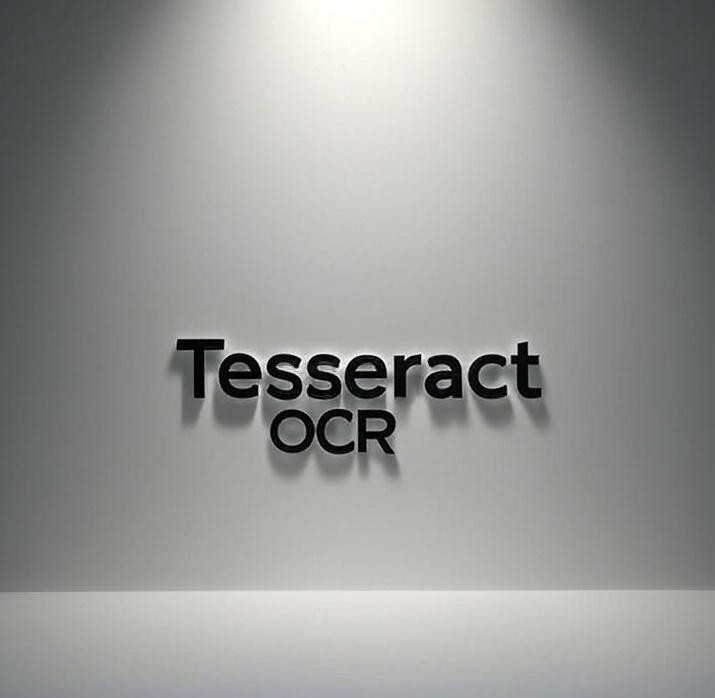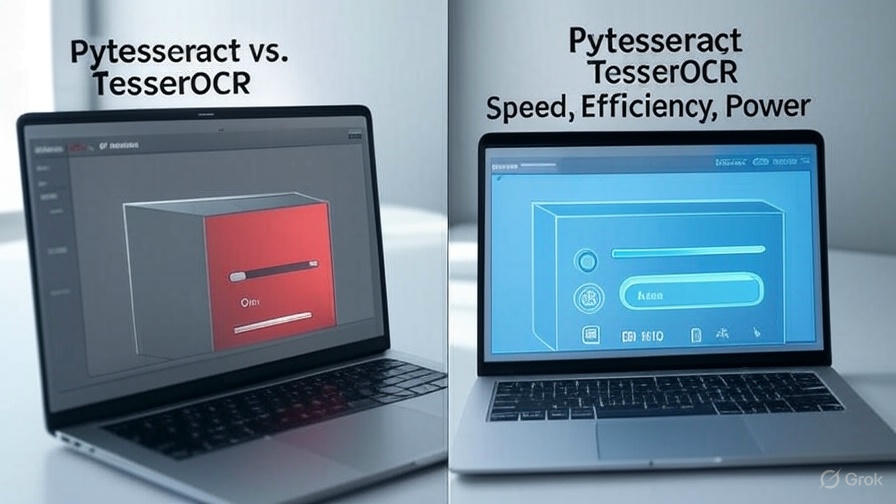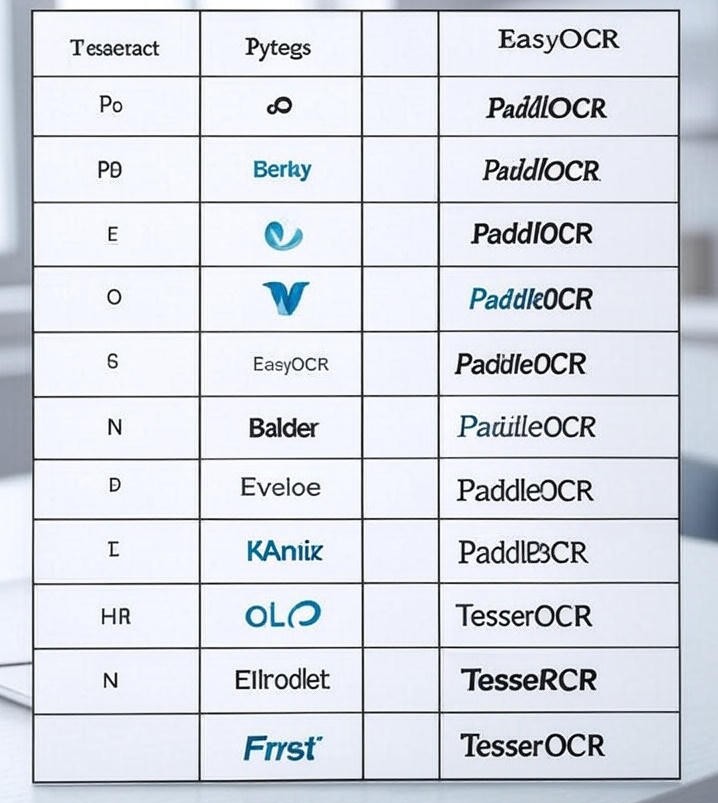TesserOCR, a lesser-known but superior alternative, provides direct C++ bindings to Tesseract, making it significantly faster than Pytesseract. In this blog post, we’ll explore:
1. The Problem with Pytesseract: Performance Bottlenecks
Pytesseract is a Python wrapper that calls the Tesseract CLI (command-line tool) internally. This introduces unnecessary overhead because:
✅ Subprocess calls – Pytesseract launches a new Tesseract process for every OCR operation.
✅ Text parsing delays – Output is captured as a string, requiring additional processing.
✅ No direct memory access – Images are passed via temporary files, slowing I/O operations.
Example: Pytesseract OCR (Slow)
2. Why TesserOCR is the Better Choice
TesserOCR is a Python binding that directly interfaces with Tesseract’s C++ API, eliminating the need for CLI calls. This results in:
🚀 2-5x Faster OCR – No subprocess overhead.💡 Direct memory access – Images are processed in-memory.📦 Cleaner API – More control over OCR parameters.
Key Features of TesserOCR
✔ Supports all Tesseract features (LSTM, multi-language, page segmentation).
✔ Works with Pillow, numpy, and file paths.
✔ Thread-safe (unlike Pytesseract).
3. Benchmark: Pytesseract vs TesserOCR
We tested both libraries on a 10-page PDF (converted to images) using CPU-only.
✅ TesserOCR is consistently faster, especially in batch processing.
4. How to Migrate from Pytesseract to TesserOCR
Installation
First you need to install the Tesseract OCR using Below instructions in our detailed post
Once Tesseract is Installed you can Install TesserOCR using Python Package Manager PIP
Basic OCR Example
Advanced: Using PIL/Numpy Images
This is useful if you want to extract text in patches
5. When Should You Still Use Pytesseract?
While TesserOCR is superior, Pytesseract may still be useful if:
But for production-grade OCR, TesserOCR is the clear winner.
Final Verdict: Switch to TesserOCR for Faster OCR
Recommendation
Conclusion
If you’re using Pytesseract in a performance-critical application, switching to TesserOCR can drastically improve speed. The reduced overhead and direct C++ bindings make it the best choice for batch processing, real-time OCR, and large-scale document analysis.







Leave a Comment